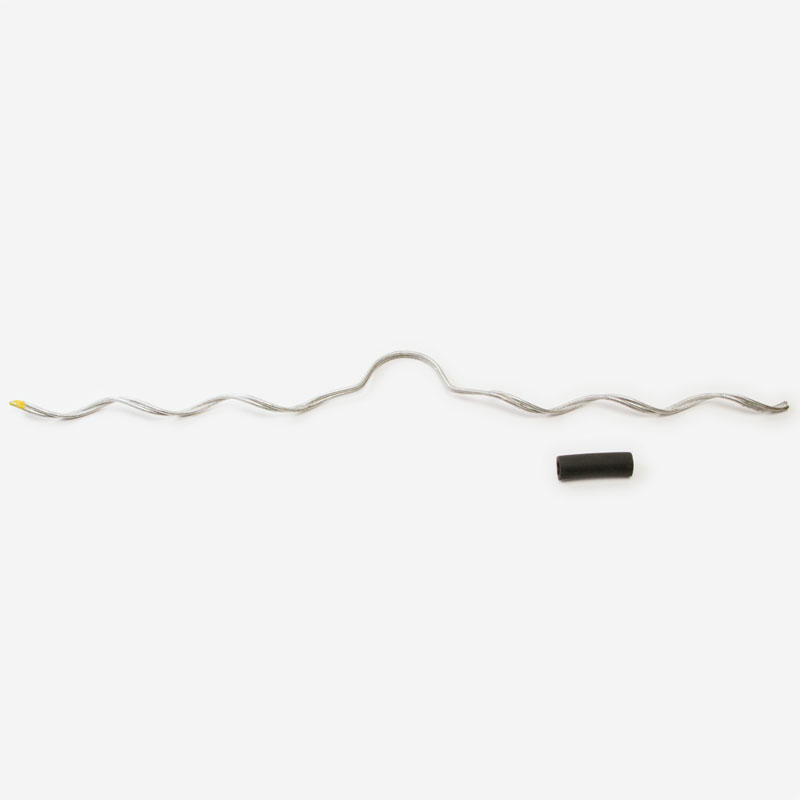
A spool tie is a sort of attachment designed to secure and support wires on insulators. It works in overhead transmission lines to enhance their stability and reliability. A formed wire provides both a mechanical and electrical connection. The spool tie consists of up of many components, including the wire, insulator, and band. Their design and functionality contribute to the continued and safe operation of the systems. Spool ties offer mechanical support, electrical continuity, and insulation. Spool ties fall into three types: premade, armor grip, and side and top. They help to keep the conductor in position, reduce wear and tear, and make maintenance easier.
Choosing the Best Spool Ties
Spool ties are available in a variety of styles and designs. It involves considering a variety of elements. This helps to assure the system’s optimal performance, safety, and lifespan. Also, taking these elements into account helps to guarantee that you choose the spool tie that best suits your project’s requirements. The following are the elements to consider when choosing spool ties.
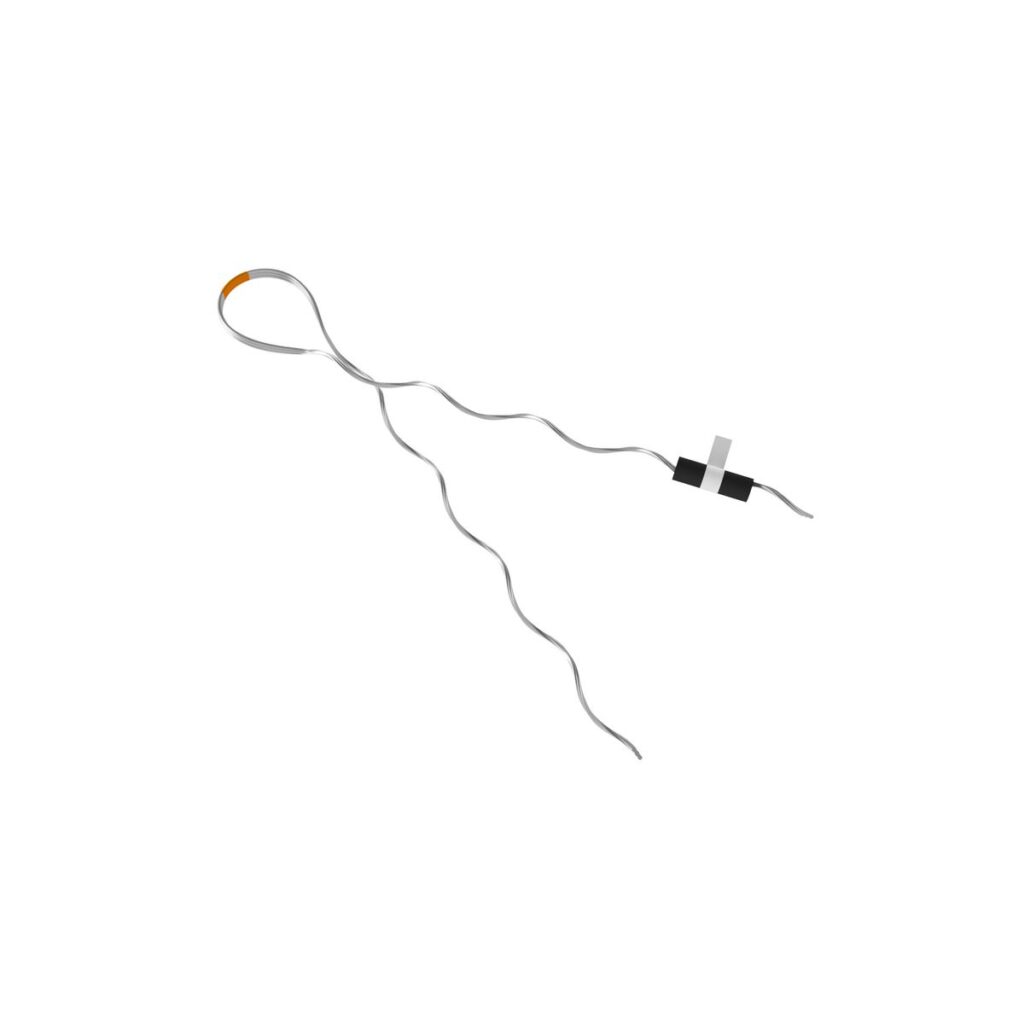
- Insulator type – there are different insulator designs which need specific types of spool ties. It is important to ensure the tie is compatible with the insulator’s shape and configuration.
- Environmental conditions – consider the weather conditions such as high winds, ice loading and temperature extremes. The ties should be durable enough to withstand these factors without failure. The ties should also have anti-corrosive properties to resist corrosion.
- Conductor size and type – the spool tie must fit the specific diameter of the conductor. The conductor’s material should match the spool tie to avoid galvanic corrosion.
- Mechanical loads – check the mechanical tension that the tie need to withstand. High tension areas might need stronger and more robust spool ties. Select spool ties designed to reduce wear due to the movements.
- Electrical load – ensure the selected spool tie can handle the electrical current of the conductor without overheating. Consider the thermal properties of both the conductor and the tie to avoid issues.
- Installation and maintenance – choose the spool ties that are easy to install to reduce labor costs and downtime. Consider the ease of inspection and replacement to reduce maintenance time and cost.
- Cost and availability – balance the quality of the spool ties with the budget constraints. Higher initial costs should guarantee longer lifespan and reduced maintenance.
- Manufacturer reputation – select the spool ties from reputable manufacturers. They should produce high quality and reliable products.
Installing a spool tie safely
The installation technique for spool ties in overhead transmission lines ensures the secure coupling of conductors to insulators. They ensure mechanical stability and electrical continuity in the transmission system. Additionally, correct spool tie installation is critical for keeping overhead cables intact and safe. The steps for installing spool ties are as outlined below.
- Preparation and safety measures – wear suitable PPE such as gloves, safety glasses and hard hats to ensure personal safety. Ensure you have all the necessary tools required for the installation.
- Selecting the correct spool tie – ensure the spool tie matches the conductor’s diameter and the insulator’s design.
- Inspection and cleaning – check the insulator for any cracks or damage and the conductor for wear or corrosion. Use a cloth to clean the conductor and insulator to ensure there is no debris that could affect the installation.
- Conductor positioning – align the conductor on the insulator in the intended location. Ensure it is at the centre and aligned with the insulator.
- Attaching the spool tie – open the preformed spool tie and position it around the conductor at the insulator. Wrap the tie’s legs around the conductor following the natural form of the tie. For traditional spool ties, attach the tie wire to one side of the insulator and wrap the tie around the conductor and insulator in a spiral pattern.
- Securing and tensioning – ensure the spool tie is comfortable but not overtightened. The conductor should be secure without any excessive tension that might cause damage.
- Inspection and testing – check that the tie is properly installed with no visible gaps or loose ends. Perform electrical tests to ensure continuity and that there are no issues with resistance.
- Documentation – document the installation including the type used, location and any specific observations.
Maintenance and inspection procedures for spool ties
Spool ties need regular maintainance and inspection to ensure their longevity and reliability. This aids in identifying possible problems before they lead to failures. They also reduce downtime while increasing the safety and efficiency of electricity distribution. Additionally, these techniques keep the spool tie in good condition, lowering the danger of outages. The following is a basic maintenance and inspection instructions for spool ties.
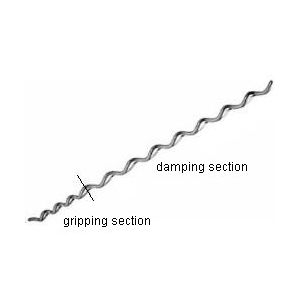
- Visual inspection process – check the spool tie, conductor and insulator for corrosion, wear, damage, tightness and environmental impact. Use infrared cameras to detect hot spots that might indicated electrical resistance.
- Mechanical testing – perform tension tests to ensure the spool tie applies the correct amount of force to the conductor. Conduct tests to ensure the spool tie can withstand these conditions without loosening.
- Inspection scheduling – conduct regular inspections at least once or twice a year. Perform extra inspections after events such as storms, hurricanes or heavy ice conditions.
- Tightening and adjustments – check and tighten spool ties as necessary to maintain the proper tension and alignment.
- Cleaning – clean the spool tie, conductor and insulator to remove dirt, debris and corrosion build-up. This helps to maintain good electrical contact and reduce wear.
- Lubrication – apply suitable lubricants to moving parts to reduce wear and extend the life of the spool tie. Replace any damaged or worm spool ties to prevent failures.
- Technology integration – integrate advanced tools and technologies to enhance the inspection and maintenance process. This includes use of remote monitoring systems, smart sensors and data analytics.
- Documentation – keep detailed records of all inspections and maintenance activities. Create inspection reports that summarize findings and highlight critical issues.
Spool tie tests
Testing spool ties in overhead transmission cables ensures mechanical and electrical integrity. Testing involves a variety of methods for evaluating the condition of the spool ties. It also aids in the identification of prospective problems that may lead to failures. Also, these methods aid in tracking the status of spool ties and preventing power outages. The following are the several ways for evaluating spool ties.
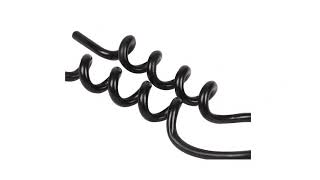
- Infrared thermography – this helps to detect hot spots that show high resistance or poor electrical connections. Use an infrared camera to scan the spool ties and related components.
- Ultrasonic testing – this is to detect internal flaws or cracks that are not visible externally. Use an ultrasonic testing device to send sound waves through the spool tie and insulator.
- Visual inspection – identify the obvious signs of wear, corrosion or mechanical damage. Inspect the spool ties for corrosion, loose attachments and any deformations.
- Tension testing – ensure the spool tie applies the correct tension to the conductor using a tension meter to measure the force. The tension readings should match the specifications provided by the manufacturer.
- Corona discharge testing – detect any corona discharge that may show insulation breakdown. Use the ultraviolet imaging device to detect and visualize corona discharges around the spool tie.
- Electrical resistance testing – this is to check for proper electrical continuity and low resistance connections. Use a micro-ohmmeter to measure the electrical resistance of the spool tie connection.
- Vibration testing – check the spool tie’s ability to withstand mechanical vibrations from environmental factors. Use a vibration testing equipment to simulate the effects of wind, mechanical loads and other factors on the spool tie.
Community forums and discussions for Spool Tie
Professionals and fans can enjoy engaging in community forums and conversations. These platforms let users to share information, ask questions, and solve problems relating to the ties. The following is a guide to discovering community forums and discussions around spool ties.
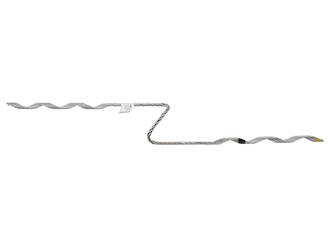
- Technical Associations and Communities – these include IEEE Power &Energy Society and International Council on Large Electric Systems (CIGRE).
- Industry-specific websites and blogs – common ones include Transmission& Distribution World and Electrical Line Magazine.
- Online forums and communities – these include Power Lineman Forums, industry-specific Subreddits, and professional Networking Sites.
- Workshops and webinars – this includes workshops hosted by utility companies and industry associations to learn about best practices and innovations in spool ties.
- Social media and networking – this includes Facebook groups and Twitter like Power Lineman, Transmission Line Construction and use of relevant hashtags.
Frequently asked questions
A spool tie is a device used to attach a conductor to an insulator in overhead transmission lines. Its main function is to maintain electrical and mechanical continuity. This is to ensure the conductor remains stable and properly aligned with the insulator.
Engaging in community interactions offers like Knowledge Sharing, Problem Solving, Networking, and Support.
Recommended practices include:
Routine Inspections
Visual Checks
Mechanical Testing
Electrical Tests
Compliance